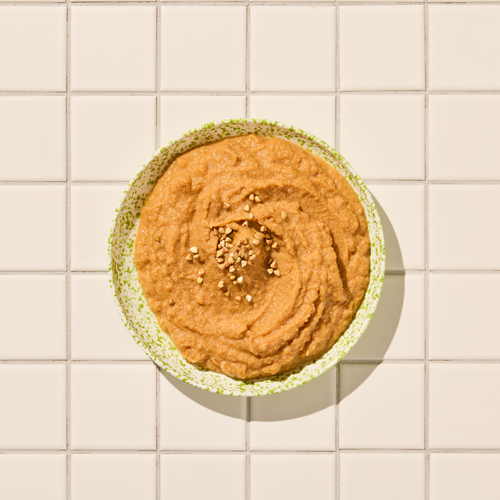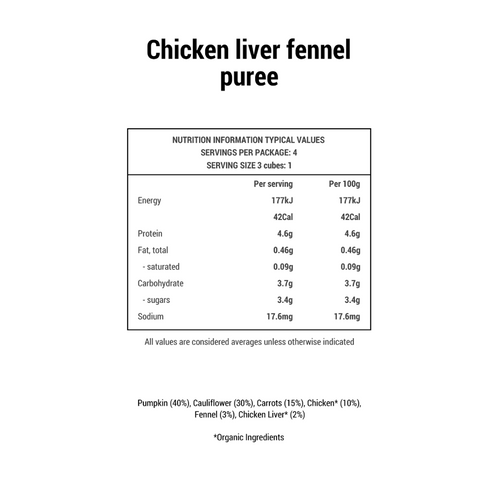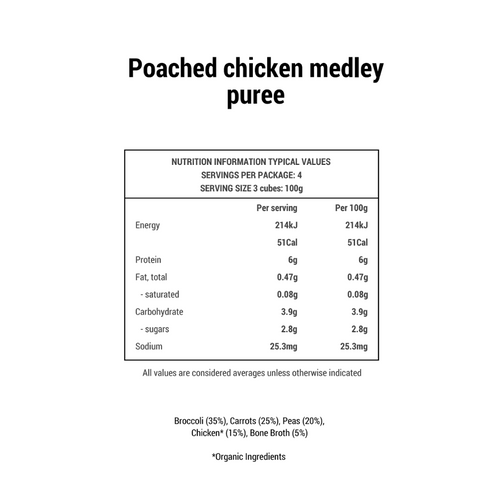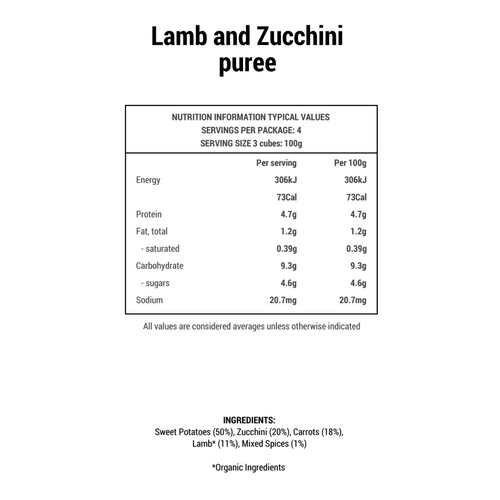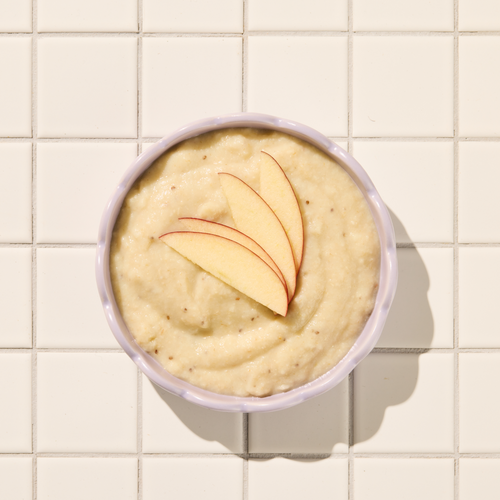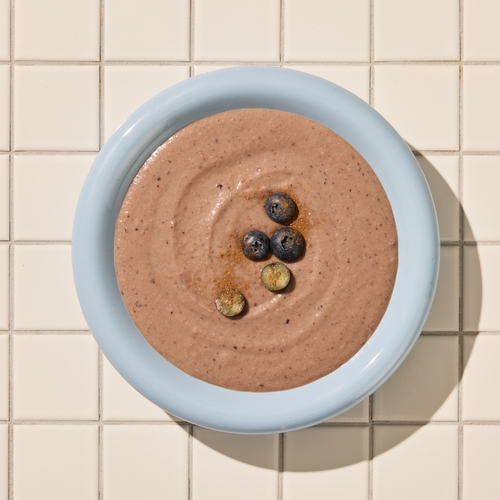From Jess Teeger- a Pelvic Health Physiotherapist working at Limitless Physiotherapy in Bronte, Sydney NSW. www.limitlessphysio.com
The mental and physical load on new mums to care for their baby (and themselves) is huge. Returning to exercise after having a baby has been a proven method for improving mental and physical health.
Post-Natal Pelvic Health
The latest research on returning to exercise after having a baby tells us that it's important to have a post-natal pelvic health assessment with a qualified and experienced Pelvic Physiotherapist before returning to exercise.This assessment is recommended at 6 weeks post birth, but if that is not possible, then an assessment throughout the first year postpartum is still highly recommended.
It can screen for things like pelvic floor dysfunction, abdominal wall dysfunction, postpartum postural problems, general aches and pains, as well as previous injuries that may be exacerbated by a return to exercise.
So what does a post-natal pelvic health assessment include?
- A personalised assessment of your pregnancy and delivery, as well as your postpartum journey
- A thorough pelvic examination
- Assessment and treatment of scars (perineal, episiotomy or c section)
- Assessment of your core including pelvic floor, abdominal muscles, and checking for any abdominal wall doming or separation
- A detailed explanation of the assessment findings, as well as a plan for return to exercise and meeting your goals.
So what types of exercises would be beneficial when recovering from birth?
Here are a few exercises to start with after you have received your post-natal assessment.
The Crunch

While some may think we should avoid loading the abdominal muscles, the opposite is true. Following pregnancy these muscles are stretched and weak. It is important to gradually load them up again to encourage them to switch back on, support you when you lift and carry your baby, and for them to return to their regular length and elasticity. Please note: you should always be checked for diastasis before beginning abdominal exercises.
Dosage: Approx 2 sets of 15 repetitions
- Lay on the floor with feet hip width apart and knees bent.
- Support your head with your hands
- Breathe in to prepare
- Breath out and lift your head neck and shoulders up off the floor, bringing your lower ribs towards your hip bones
- Inhale and carefully lower your head back down to the floor
The Banded Bridge

This exercise works beautifully to activate your butt muscles and hamstrings while also giving your pelvic floor muscles some rest. By lifting up your bottom this offloads the pelvic floor, which can be helpful for these muscles which have also undergone lengthening and weakening over the course of your pregnancy,
Dosage: Approx 2 sets of 20 repetitions
- Thread your legs through the band and have it placed just above your knees.
- Lay on the floor with feet hip width apart and knees bent.
- Make sure when you do this exercise that you are pressing firmly through your heels and not gripping through your lower back muscles.
- Press through your feet and lift your bottom off the ground, trying to make a straight line from your knee joint to hip joint to shoulder joint.
- Lower your bottom back down to the floor
- At the end of your 20 repetitions, stay up in your bridge position and add in 10 knee openings (pressing your knees outwards against the band) for an extra butt burn!
The Banded Squat

Upright exercise is functional and can be done almost anywhere! Try these two exercises next time you’re out for a walk. Half way along your walk you could pause and do your squats and lunges, even while rocking a pram or holding your baby. Place the band just above the knees
Dosage: Approx 2 sets of 20 repetitions
- Place the band just above the knees
- Stand with feet hip width apart
- Squat down, pressing the knees gently into the band, keeping your knees aligned with your 3rd/4th toes as you lower down, sticking your bottom back a bit
- Pause for a moment at the bottom of the squat and engage your pelvic floor
- Stand back up again returning to the start position
- At the end of your 20 repetitions, stay down in your squat, keep your pelvic floor engaged, and pulse up and down a ¼ range 10 times.
The Banded Lunge

Dosage: Approx 2 sets of 15 repetitions
- Place the band just above the knees
- Stand with feet hip width apart and then step your right foot forward about 30cm (about the length of a stride when walking)
- Lower down similarly to the squat, pressing the knees gently into the band, sticking your bottom back and leaning forward over your right knee
- Stand back up again returning to the start position
- At the end of your 15 repetitions, stay down in your lunge, and lift your left toes off the floor, reach your arms out in front of you, stay balancing in this position for 15 seconds.
- Repeat on the other side.
If you have any queries please ensure that you reach out to your local Women’s Pelvic Health Physiotherapist. I am sure that just like me, it would be their pleasure to help you on your journey back to exercise.
Jess Teeger is a Pelvic Health Physiotherapist working at Limitless Physiotherapy in Bronte, Sydney NSW. www.limitlessphysio.com
She is a mum of 3, and is passionate about her work with pregnant and post natal women
She is also the co-founder of ENDO ONLINE which provides holistic support for people with Endometriosis. www.endoonline.care
DISCLAIMER:
This information is general in nature and is not medical advice. You should always consult your health practitioner before beginning any new exercise program to ensure that it is right for you.








